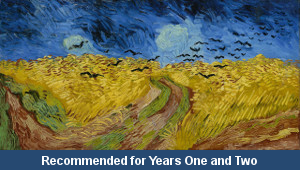Home > Key Stage One > Maths > Measurement > Capacity > Fractions
Filling Bottles

This maths teaching pack for Key Stage One gets the children to explore how to identify and compare the capacity of some different sized containers and vessels using unit fractions and matching vocabulary words.
The class can select some other fractions to record the matching capacities for different containers and vessels that might be used to hold liquids for specific functions.
Download this teaching pack including a lesson plan, classroom activities and an interactive presentation to explore how to identify and compare the capacity of some different sized containers and vessels using unit fractions and matching vocabulary words
Activities in this teaching pack include a set of worksheets to model and record how to compare the capacity of some different sized containers and vessels using the correct unit fractions and vocabulary words to show the matching capacities.
The interactive presentation gets the children to explore how to compare the capacity of different sized containers and vessels using fractions and vocabulary words.
This lesson is part of a maths scheme of work to get the children to identify and record the matching capacities of different sized bottles when using fractions to describe and compare how much liquid each bottle can hold. There are teaching activities for shared learning, differentiated worksheets to support independent learning and interactive presentations to introduce concepts and key skills.
-

Mother Nature
Explore how mother nature can provide nourishment, protection and support to all living things in different habitats and environments
-

Digraphs Word Sums
Investigate the spellings and meanings of different sets of words with a range of initial consonant digraphs
-

Van Gogh
Investigate and replicate the work and painting style of a famous artist from the past by producing a matching landscape of the school building
-

Harbour Labels
Practise structuring and formatting different word processed documents to describe a range of ships and boats seen in a harbour
